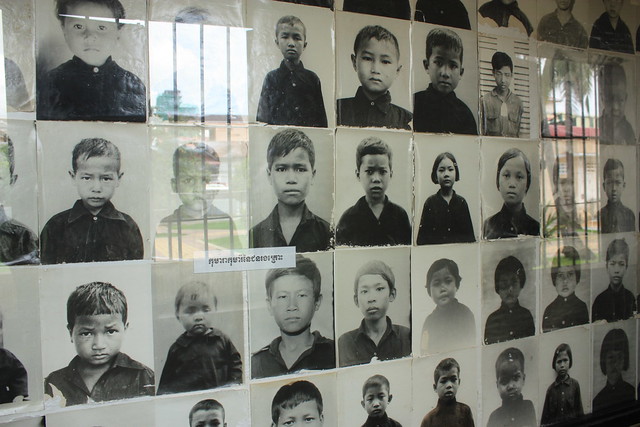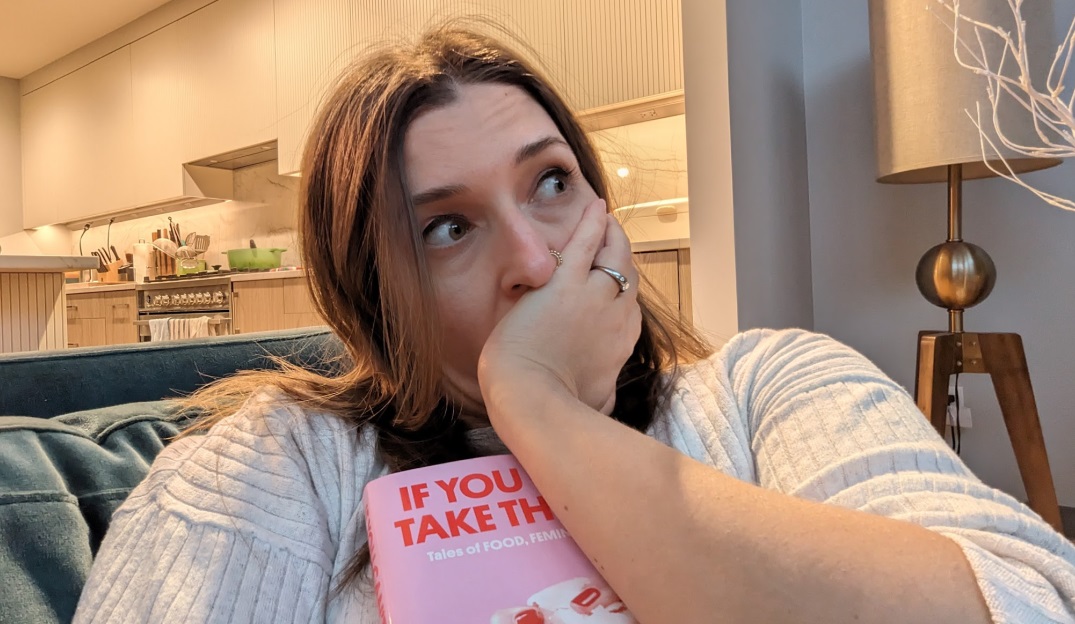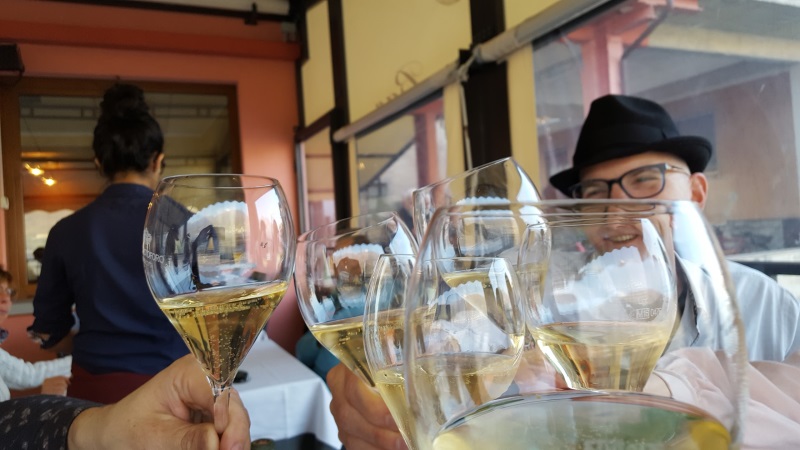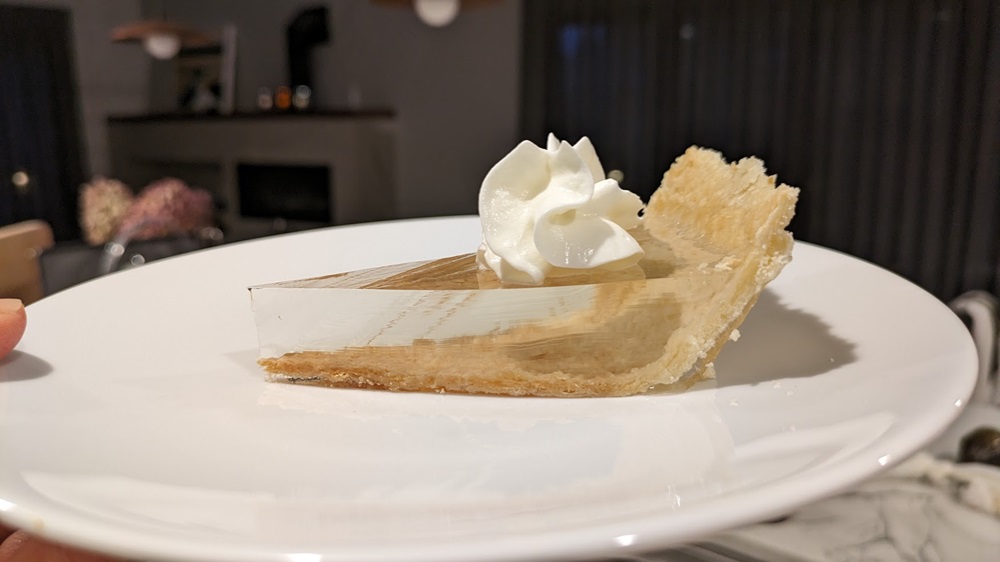The Reign of the Khmer Rouge in Cambodia
Yesterday, I discussed the political situation in Cambodia that allowed for the Khmer Rouge to rise to power. Today, I want to talk about what happened once they were in control of the country. All the same caveats that I mentioned yesterday still hold true. Mainly: I’m not a historian, so while I’ve done my best to be accurate (and cite my sources), I may have made some mistakes. If you find one, please let me know in the comments, and include a source. Also, as you probably know, I’m an American. I’ve tried not to editorialize too much, but everything that I write will have that bias.

Statue at the Royal Palace, Phnom Penh.
Lesson 1: The Khmer Rouge (continued)
After years of Civil War and fighting (exacerbated by U.S. involvement), Cambodia was pretty damn unstable. The country had been ravaged – by bombs, by poverty, by hunger and war – under the old regime of the Khmer Republic. So when the Khmer Rouge (the KR) finally took Phnom Penh, on April 17, 1975, people cheered.
This was different. This had to be salvation.
This detail breaks my heart perhaps more than any other – because people were so damn hopeful for what the Khmer Rouge could do, for what they might bring to the country. They were cheering their would-be murderers.
That was the start of Year Zero, the beginning of the Cambodian Genocide. In the years prior, the Khmer Rouge had steadily grown stronger and more ruthless. They no longer needed to tie themselves to the Prince in any way. After taking control of the capitol, they established the state of Democratic Kampuchea (the Prince played absolutely no part in this new government). It would exist for only four years, but it would have a long and disastrous legacy.
The KR moved quickly.
Within a week, they had emptied Phnom Penh. Everyone was forced out into the country – they were told that Americans were threatening to bomb the capital, and they needed to leave to be safe (this was untrue, of course, but entirely believable given the U.S.’s track record in this part of the world; just another way in which we inadvertently helped the KR).
And it wasn’t like we – and the rest of the world – didn’t know what was going on. Here is a snippet from a New York Times article, published in July, 1975:
Some twelve weeks after the Communist entry into Phnom Penh and the forced exodus on foot of millions of urban Cambodians to distant countrysides, a veil of silence still cloaks the full horror of what has happened with the worst yet to come in predicted deaths from hunger and disease.
More than two million city dwellers were forced at gunpoint to march from the capitol into the countryside. Even hospital patients were forced to leave the city, regardless of condition. No provisions or supplies had been arranged – people died from heat and exhaustion, from lack of food and water, from the many diseases they contracted on their trek. Those that survived were led into the jungle and told to build homes and start farming the land.
Few, if any of them, had any idea how to do that. They were professionals from the city.
The Khmer Rouge wanted to transform the country into Communist utopia based on Maoist and Marxist-Leninist principles. They forced their new doctrine on the people in a manner that made China’s Great Leap Forward seem subtle and nuanced.
From the Cambodia Tribunal Monitor:
They wanted to transform Cambodia into a rural, classless society in which there were no rich people, no poor people, and no exploitation. To accomplish this, they abolished money, free markets, normal schooling, private property, foreign clothing styles, religious practices, and traditional Khmer culture.
Public schools, pagodas, mosques, churches, universities, shops and government buildings were shut or turned into prisons, stables, reeducation camps and granaries. There was no public or private transportation, no private property, and no non-revolutionary entertainment. Leisure activities were severely restricted.
Food was scarce, and people were given meager rations on which to live. Under these new and harsh conditions, workers were expected to increase the country’s production of rice, requiring them to grow and harvest rice year-round. People regularly worked 12-hour days in brutal conditions. Many died from exhaustion, disease, and malnutrition.
The Khmer Rouge said that anyone who was not “pure” could not be trusted to help build the revolution. They executed everyone who was considered impure. Among them:
- Teachers
- Doctors
- City dwellers
- Artists (including all of their celebrities and many musicians. The latter would bury their instruments in the ground out of fear of being found out.)
- Ethic minorities, including Vietnamese, Chinese, and Thai immigrants, or anyone with that ancestry.
- Religious groups, including more than half of the Cham Muslim population and at least 8,000 Christians. All leading Buddhist monks were also killed.
- Anyone with perceived ties to the West or to Capitalism.
- Professionals of various kinds, and anyone who had a higher education or could be perceived as an intellectual (including anyone who was bilingual or who – I shit you not – wore glasses. Wearing glasses could get you executed under the Khmer Rouge.)
- Any soldier or political officer from the old Republic (though the Khmer Rouge had publicly stated that these individuals would be asked to participate in building the new Communist government)
- Anyone who was perceived as being a threat to the new Communist Regime.
This last group is significant because of its vagueness. The KR disapproved of all manner of innocuous behaviors. Meeting in groups was forbidden, even if it was just two or three people congregating. Open displays of affection between family members was also taboo. You couldn’t play or listen to any non-revolutionary music. You couldn’t paint, draw, dance, sing, or spend time with your friends. Doing so could get you arrested, which would inevitably lead to torture, false admissions of guilt (people would confess to being CIA spies), and execution.
One of the doctrines of the KR: “To spare you is no profit, to destroy you is no loss.”
There was no age limit for victims of the Khmer Rouge. Some children were taken from their homes and forced to train as soldiers. Others (including infants) were murdered alongside their parents, a pre-emptive measure so that they could not grow up to avenge their families. The elderly and sick were expected to work the fields alongside their much younger and stronger counterparts.

Some of the young victims of the Khmer Rouge.
Even being part of the regime didn’t guarantee you safety. In a page taken from Stalin, the KR frequently purged the ranks, killing loyal followers, many of them young people, children and teenagers who had been indoctrinated from a young age.
I’ll touch on these points a little bit more when I write about our visits to Tuol Sleng prison and to one of the sites of the Killing Field. But here’s what you need to know right now: sources may differ on the exact number, but The Khmer Rouge killed an estimated 2 to 3 million people from 1975-1979. About a quarter of the total population. Roughly half were executed; the rest died from starvation or disease.
I’m sure that by now, you are probably wondering why. Why the hell would they kill so many people? How, exactly, did that jive with any of their beliefs? What the fuck was the point of all of it?
I mean, Christ, if you want a utopia, it seems like the first thing you shouldn’t do is kill a bunch of people. Hell, even if you are a heartless pragmatic, you’d have to agree that if you want to increase rice production, killing people who could potentially work the land is a bad idea. THERE IS NO WORLD IN WHICH ANY OF THIS MAKES SENSE.
Sorry. I’m editorializing. The question remains: why did they do what they did?
After doing quite a bit of research, I don’t think anyone has an answer. The KR was very secretive. They never explained their methods or their logic.
That was the situation in Democratic Kampuchea (which, if you haven’t noticed, wasn’t that democratic. The KR rulers said that the people would be able to vote for their leaders, and have a say in government, but everyone who ruled the country was self-appointed.)
Tomorrow, I’ll touch on international reaction (including WTF the U.S. was doing during all of this) as well as the end of KR rule. Or maybe I’ll write about durian, because I sorta need a mental break, and I bet you do, too.









Leave a Comment